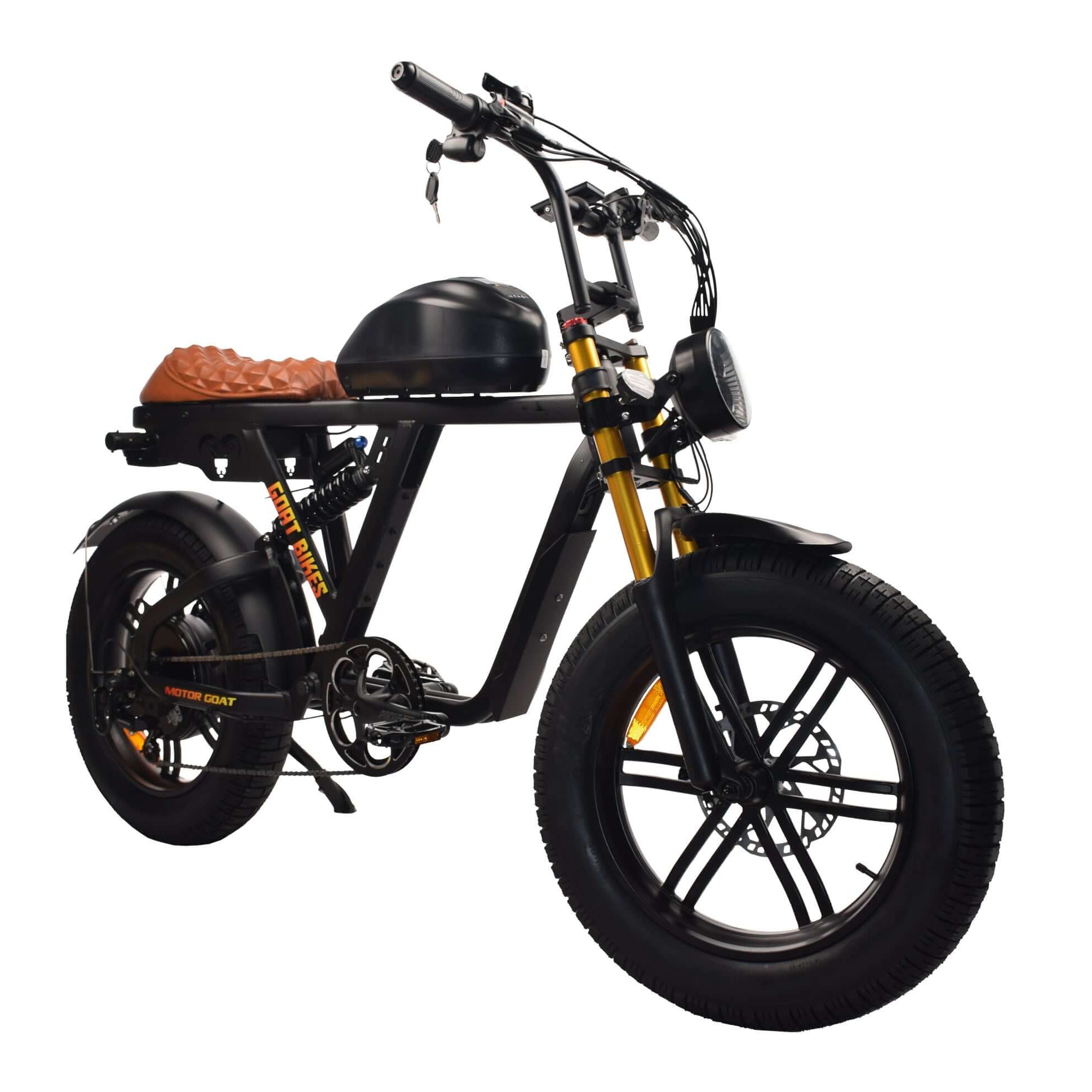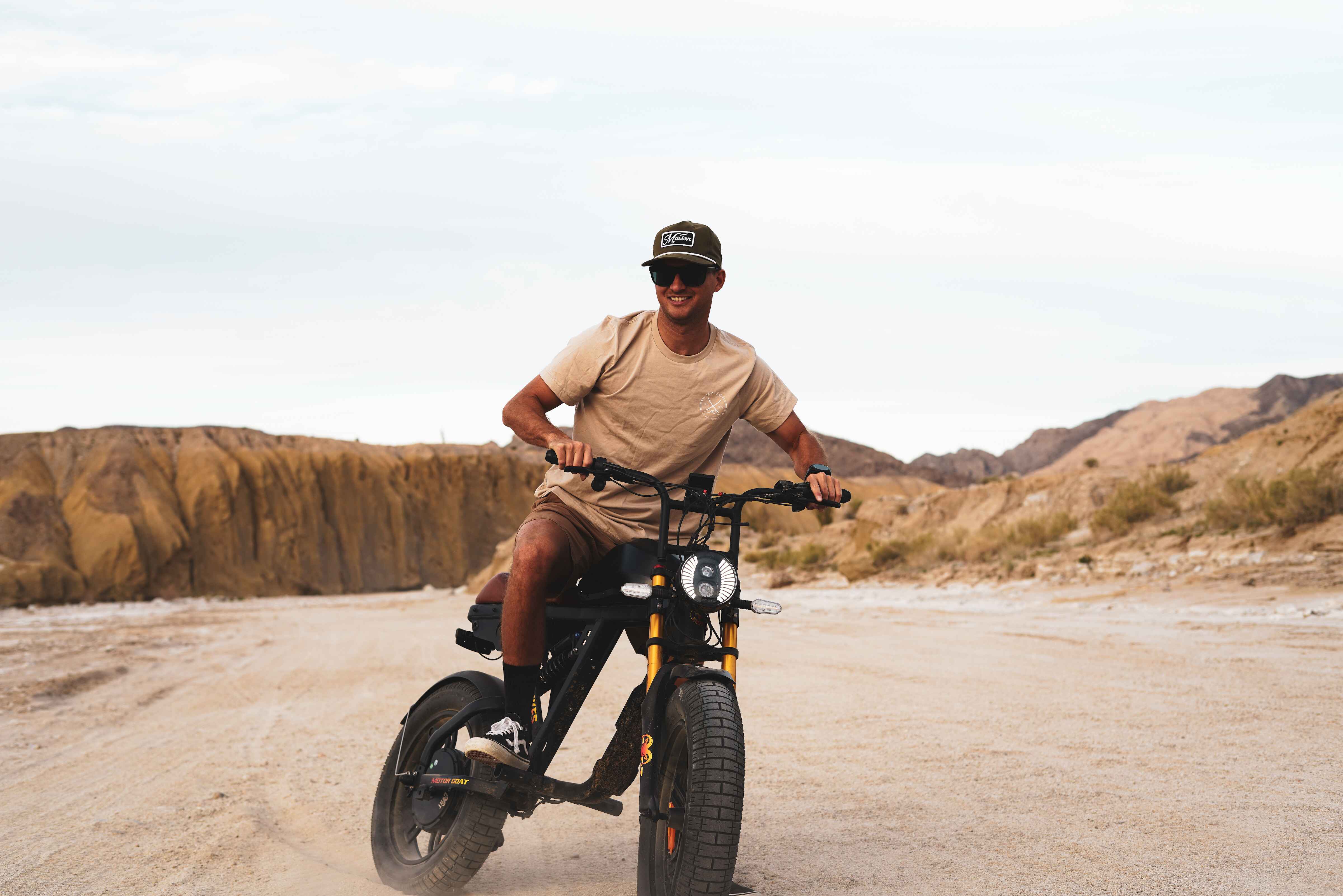Electric bikes are taking over trails, city streets, and everything in between, but not all e-bikes are created equal. If you're shopping for an e-bike in 2025, you've likely seen references to Class 1, Class 2, and Class 3 models. Understanding these classifications is key to buying the right e-bike for your lifestyle and ensuring you stay compliant with local laws.
This blog post breaks down the core differences between Class 1, 2, and 3 e-bikes, including speed limits, motor assistance types, legal riding areas, helmet requirements, and who each class is best suited for. Whether you're a commuter, off-road rider, or casual weekend cruiser, this guide will help you make the right decision.
🚴 What Are the E-Bike Classes?
In the United States, the three-tier e-bike classification system is used by most states to define what type of electric bicycle you're riding. These classifications are based on how the e-bike provides power, its maximum assisted speed, and how it must be regulated under the law.
Here’s a quick overview:
| Class | Pedal Assist | Throttle | Max Assisted Speed | Where You Can Ride |
|---|---|---|---|---|
| Class 1 | Yes | No | 20 mph | Most bike paths, trails, streets |
| Class 2 | Yes | Yes | 20 mph | Same as Class 1 in most areas |
| Class 3 | Yes | Sometimes (varies) | 28 mph | Bike lanes, streets (no shared-use paths) |
Now let’s break each one down in more detail.
Class 1 E-Bikes: Best for Beginners and Shared Paths
What it is:
A Class 1 e-bike provides electric assistance only while you pedal and stops providing power once you reach 20 miles per hour. There is no throttle, which means you're in full control of the bike's speed through pedaling.
Where you can ride it:
-
Bike paths
-
Multi-use trails
-
Streets and bike lanes
-
Most national/state parks
Who it’s best for:
-
New riders
-
Urban commuters
-
Riders on mixed-use trails or public parks
-
People who want a ride that feels most like a traditional bike
Pros:
-
Legal on the widest range of trails and bike paths
-
Mimics a traditional cycling experience
-
Generally cheaper and lighter than higher-class models
-
Ideal for city or neighborhood riding
Cons:
-
No throttle (pedaling is always required)
-
Lower top speed compared to Class 3
Class 2 E-Bikes: Throttle and Go-No Pedaling Required
What it is:
A Class 2 e-bike also has a maximum speed of 20 mph, but it includes a throttle that allows you to ride without pedaling. The throttle can be thumb-controlled or twist-style, similar to a scooter or motorcycle.
Where you can ride it:
-
Most bike paths and trails
-
Bike lanes and streets
-
Some off-road areas (depending on local laws)
Who it’s best for:
-
Commuters in stop-and-go traffic
-
Riders with physical limitations
-
Delivery riders
-
Those who want the option to cruise without pedaling
Pros:
-
Versatile power options (throttle + pedal assist)
-
Easier to ride uphill or when tired
-
Offers a more accessible option for riders of all fitness levels
Cons:
-
Slightly heavier due to added components
-
May be restricted on some shared-use trails
-
Less battery efficiency compared to Class 1 if relying heavily on throttle
Class 3 E-Bikes: High-Speed Power for the Road
What it is:
Class 3 e-bikes offer pedal-assist up to 28 mph, making them the fastest in the lineup. Some Class 3 models also include a throttle, but this is not permitted in all states, check your local regulations before buying.
Where you can ride it:
-
Streets
-
Bike lanes
-
Some dedicated cycling trails (not multi-use or hiking trails)
Who it’s best for:
-
Experienced riders
-
Long-distance commuters
-
Road cyclists who want serious speed
-
Those riding in traffic-heavy areas
Pros:
-
Fast and efficient for commuting
-
Great for keeping pace with vehicle traffic
-
Often feature premium components (better brakes, tires, etc.)
Cons:
-
Restricted from most trails and multi-use paths
-
Higher cost
-
Usually heavier and bulkier
-
Helmet laws more strictly enforced
-
Some states require rider to be 16+
Class Comparison: What’s the Real-World Difference?
Let’s say you're comparing The Billy Goat (a Class 2 e-bike with throttle and off-road design) to a traditional Class 1 commuter bike. On paper, the only difference is the throttle, but in practice, that throttle can drastically change the riding experience.
| Feature | Class 1 | Class 2 | Class 3 |
|---|---|---|---|
| Max Speed | 20 mph | 20 mph | 28 mph |
| Throttle | No | Yes | Sometimes |
| Ideal Terrain | Trails, cities | Cities, light off-road | Roads, commutes |
| Best For | Beginners | Versatility | Speed-focused commuters |
| Legal Limits | Most places | Some trail restrictions | Road use only in some states |
Which E-Bike Class Should You Choose?
Choose Class 1 if:
-
You want the most traditional bike feel
-
You’ll be riding on multi-use trails or park paths
-
You value simplicity and long battery life
Choose Class 2 if:
-
You want the convenience of a throttle
-
You may need assistance on hills or long rides
-
You plan to ride mostly on roads and light trails
Choose Class 3 if:
-
You want the fastest e-bike legal on roads
-
You’re commuting long distances
-
You plan to ride in areas with traffic
2025 State Laws to Be Aware Of
In 2025, more states are harmonizing with the 3-class system, but laws still vary:
-
California: Class 3 riders must be 16+ and wear helmets. No Class 3 bikes on shared-use trails.
-
New York: Allows all three classes but regulates throttle-based e-bikes more heavily in NYC.
-
Colorado: Allows Class 1 and 2 on bike paths, but Class 3 is limited to streets and bike lanes.
-
Texas: Class 3 e-bikes require helmets for riders under 18.
Always check your state and local laws before buying. You can often find regulations on your city’s transportation website or at PeopleForBikes.org.
Final Thoughts: Class 1 vs. 2 vs. 3 in 2025
All three e-bike classes have a place in today’s world. Your best bet comes down to how and where you ride, what features matter most, and what kind of biking experience you want.
If you need to climb hills, carry gear, or commute to work every day, Class 2 or Class 3 e-bikes may offer the power and speed you need. But if you want a simpler, trail-legal bike for casual riding, Class 1 may be perfect.
Looking for a high-performance Class 2 e-bike that delivers max torque, speed control, and advanced safety features? Check out The Billy Goat or Motor Goat V3 at Goat Power Bikes, designed with riders in mind and built to exceed expectations.








